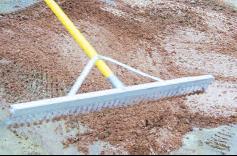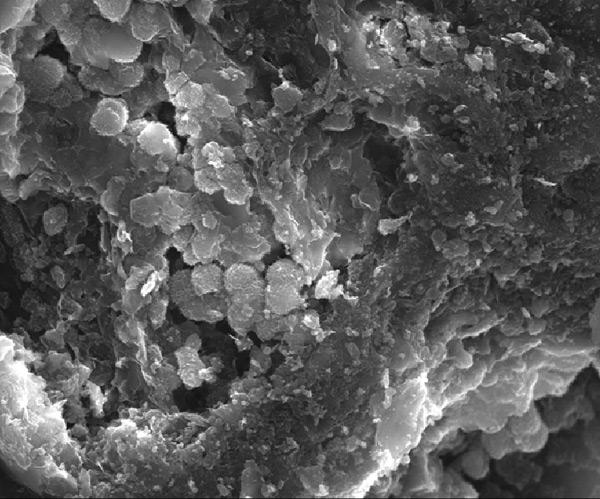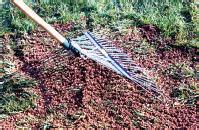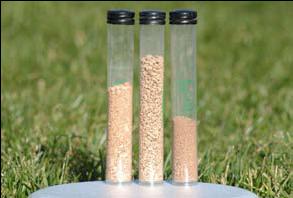Turface® Calcined Clay Technology
The Science Behind Soil Conditioners
For over 40 years, Turface® conditioners have been the number one choice of coaches and groundskeepers on all types of sports fields. By managing moisture, reducing compaction and keeping sports fields playable under any condition, Turface reduces running, sliding and bad ball hop injuries. It simply works better than any other conditioner on the market – and here’s why:
 It Absorbs Its Weight In Water
It Absorbs Its Weight In Water
There’s a reason Turface is called "the game saver!" The calcined clay particles of Turface act like a sponge, full of tiny pores and internal storage sites. In fact, 74% of a Turface particle is pore space, which allows it to absorb its weight in water. After a rain, the excess water is sucked away from the infield mix and absorbed by Turface particles. Turface Quick Dry® does not break down and works over and over to keep your field playable after rain.
Infield mixes that incorporate Turface MVP® and Pro League® into the top 4" of the playing surface can absorb a tremendous amount of water before safety is ever compromised. When puddles do begin to form, the finer particles of Turface Quick Dry can rapidly absorb the excess moisture so that play can resume.
 It Perfectly Balances Water, Air and Nutrients in Turf
It Perfectly Balances Water, Air and Nutrients in Turf
Turface conditioners contain 26% solid material, 39% water-holding capacity and 35% air-holding capacity. This allows Turface to hold water and oxygen – as well as nutrients – in nearly perfect balance. When incorporated at the root zone they help maintain the long term health of your sports turf.
Incorporate Field & Fairway™ into native soils to help reduce compaction in the root zone, improve drainage, minimize cleat damage, and help fields recover more quickly from heavy traffic or inclement weather. According to research conducted by The Ohio State University Horticulture and Crop Science Department, Field & Fairway was proven effective in both preventing turf damage and rescuing turf from "rain game" conditions.
Incorporate Greens Grade™ into sand-based fields to hold more moisture and nutrients to ensure plant health. In fact, compared to sand alone, Greens Grade is able to reduce water usage by up to 20% and reduce fertilizer usage up to 25%!
Easily dump and rake either product into muddy, torn-up portions of your sports fields to improve footing and allow competition to continue through wet playing conditions. Use our Emerald colored products to improve the aesthetic look of the field at the same time.
 It Resists Compaction for Superior Soil Structure
It Resists Compaction for Superior Soil Structure
Sports fields are easily compacted by the intense foot traffic of active use, making it difficult for water to drain and oxygen to reach root zones. The superior structure of Turface, when worked into the soil, creates long-lasting pore space to eliminate compaction and improve the flow of oxygen and water below the surface.
Other conditioners such as diatomaceous earth (DE), brick dust, vitrified clay, crushed aggregates and even some inferior calcined clay products can quickly break down. Turface only degrades 3.5% from its original form after 20 years of use! No other conditioner works better, longer.
 Its Low Bulk Density Covers More Ground
Its Low Bulk Density Covers More Ground
When comparing Turface to competitive products be sure to compare cost by volume, rather than cost by pound. As illustrated here, you get a much greater volume of Turface® per pound than you do with other options.
Turface Application Rates
The following chart shows application rates of Turface products to regulation-sized fields. Unless otherwise noted, all numbers denote amounts in tons.
| 90' Baseball | Softball | 60' Baseball | |
|---|---|---|---|
| High Clay Content | 15 | 12 | 5 |
| High Sand Content | 10 | 9 | 3 |
| High Clay Content 1½ tons of Turface® per 1,000 sq ft | |||
| High Sand Content 1 ton of Turface® per 1,000 sq ft | |||
| *Assumes grass infield; add 50% more Turface® if completely skinned. | |||